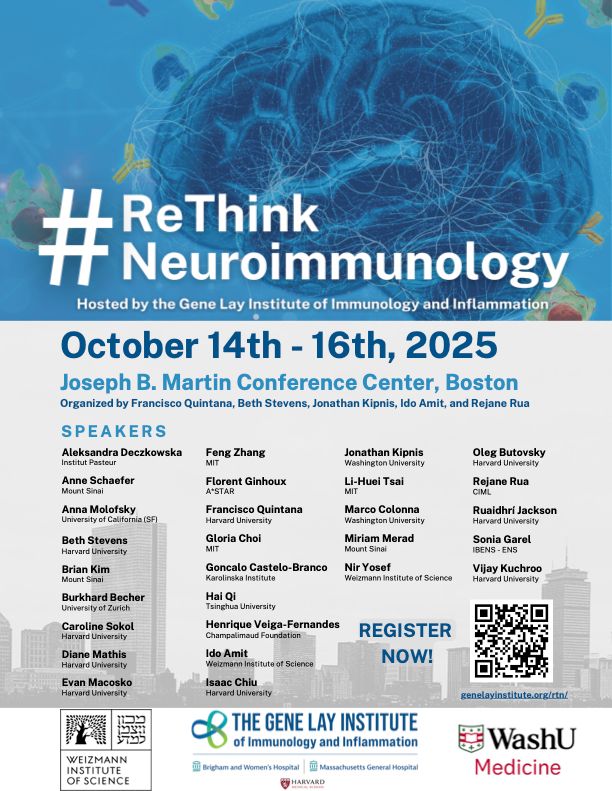http://www.weizmann.ac.il/immunology/AmitLab/front
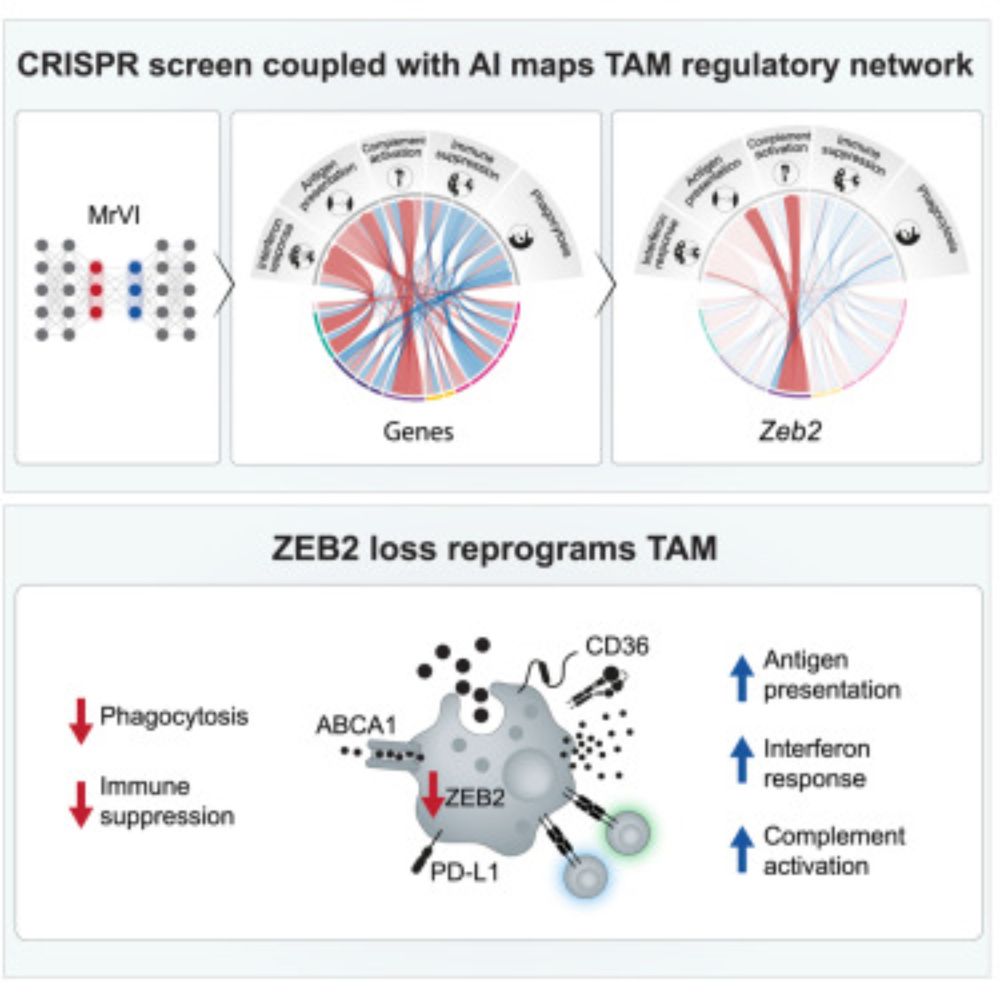
www.cell.com/cancer-cell/...
Our guests in episode 22 of The Cancer Researcher Podcast explore the evolution of the cancer field and why optimism is more important than ever in science:
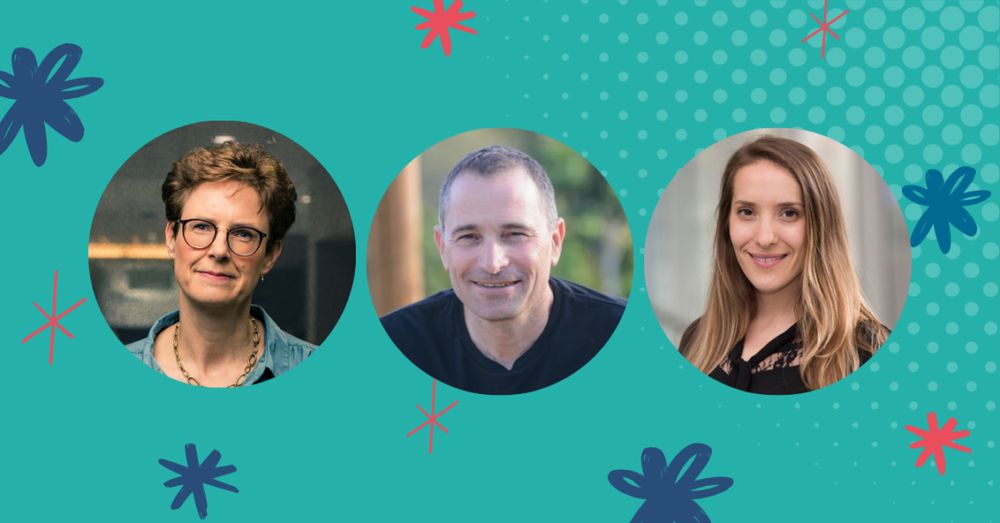
Our guests in episode 22 of The Cancer Researcher Podcast explore the evolution of the cancer field and why optimism is more important than ever in science:
In this insightful and honest conversation, award winners Karin de Visser, Ido Amit and @martakova.bsky.social talk about their research, career journeys, and excitement for the future of cancer research:
magazine.eacr.org/curiosity-op...
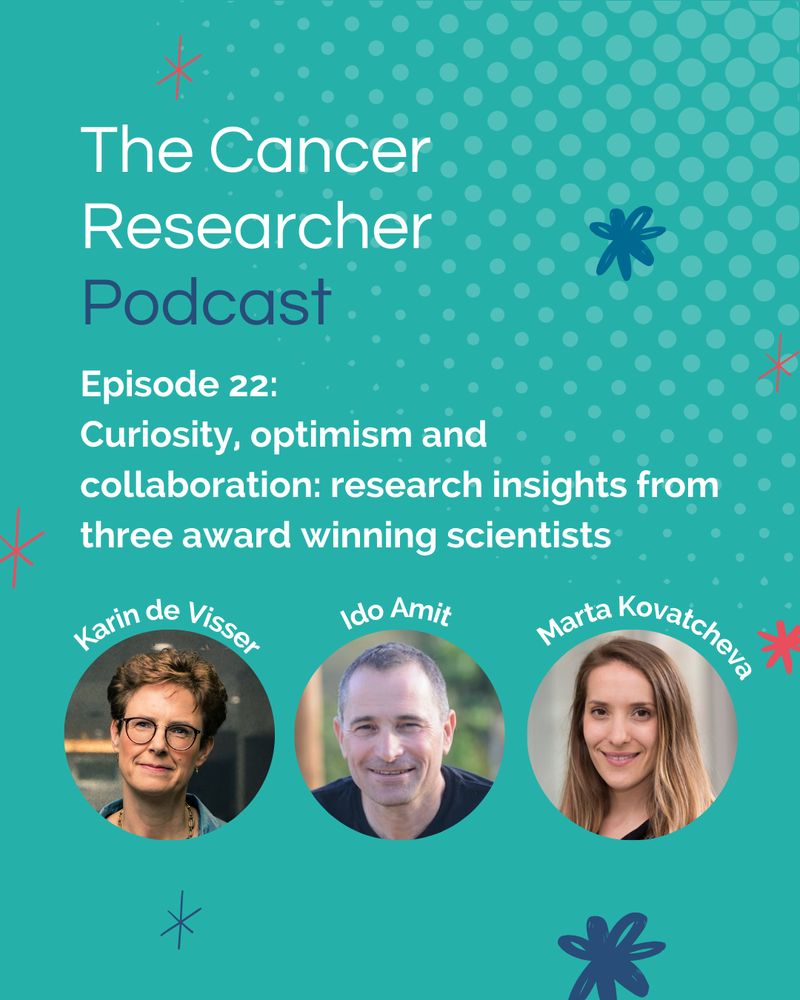
In this insightful and honest conversation, award winners Karin de Visser, Ido Amit and @martakova.bsky.social talk about their research, career journeys, and excitement for the future of cancer research:
magazine.eacr.org/curiosity-op...
Conference web page: conferences.weizmann.ac.il/SCG2025/

Conference web page: conferences.weizmann.ac.il/SCG2025/
3 day think tank exploring the biggest discoveries & breakthroughs in neuroimmunology.
Organized by @quintanalabhms.bsky.social @bethstevenslab.bsky.social @jonykipnis.bsky.social @idoamitlab.bsky.social #RejaneRua
Registrations 🔗 genelayinstitute.org/rtn/
3 day think tank exploring the biggest discoveries & breakthroughs in neuroimmunology.
Organized by @quintanalabhms.bsky.social @bethstevenslab.bsky.social @jonykipnis.bsky.social @idoamitlab.bsky.social #RejaneRua
Registrations 🔗 genelayinstitute.org/rtn/
Sept 18-21, 2025 in Girona, Spain.
Registration is OPEN!!!!!
Tons of opportunities for talks are available (incl. full length ones).
meetings.embo.org/event/25-lineage-tracing
@perielab.bsky.social
@idoamitlab.bsky.social
#EMBOlineagetracing
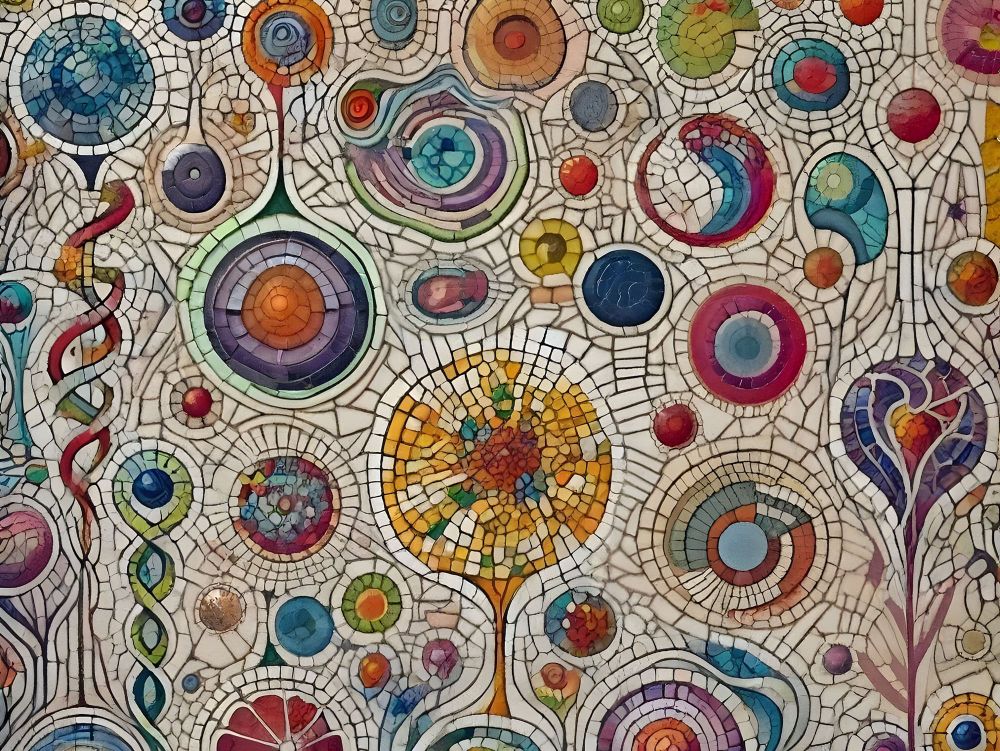
Sept 18-21, 2025 in Girona, Spain.
Registration is OPEN!!!!!
Tons of opportunities for talks are available (incl. full length ones).
meetings.embo.org/event/25-lineage-tracing
@perielab.bsky.social
@idoamitlab.bsky.social
#EMBOlineagetracing
Check out this amazing line up of speakers at #RTN #ReThinkNeuroimmunology organised by @quintanalabhms.bsky.social @bethstevenslab.bsky.social @jonykipnis.bsky.social @idoamitlab.bsky.social #RejaneRua
Register here: genelayinstitute.org/rtn/
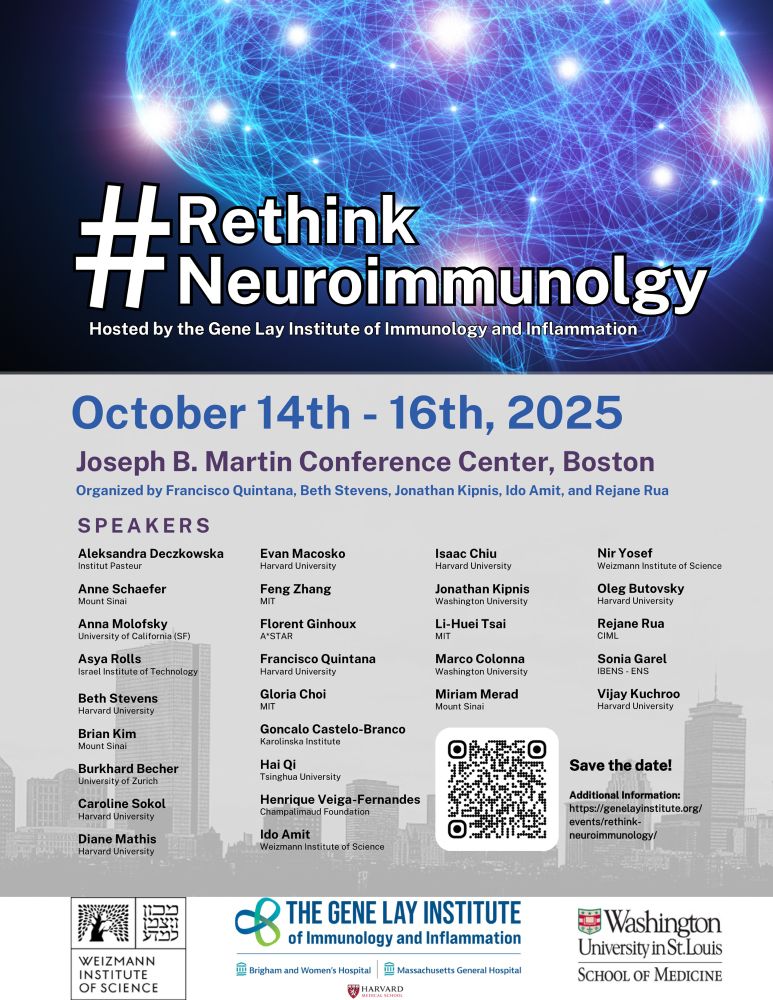
Check out this amazing line up of speakers at #RTN #ReThinkNeuroimmunology organised by @quintanalabhms.bsky.social @bethstevenslab.bsky.social @jonykipnis.bsky.social @idoamitlab.bsky.social #RejaneRua
Register here: genelayinstitute.org/rtn/
Excited about new frontiers and technologies in NeuroImmunology? Here is the one conference you don't want to miss.
Registration is open and space is limited - genelayinstitute.org/rtn/

Excited about new frontiers and technologies in NeuroImmunology? Here is the one conference you don't want to miss.
Registration is open and space is limited - genelayinstitute.org/rtn/
www.cell.com/cancer-cell/...

www.cell.com/cancer-cell/...
meetings.embo.org/event/25-lin...

meetings.embo.org/event/25-lin...
@peeperlab.bsky.social @yardenasamuels.bsky.social @leeat-keren.bsky.social @rongfan8.bsky.social @shouval.bsky.social @yogogurt.bsky.social @eriksahailab.bsky.social
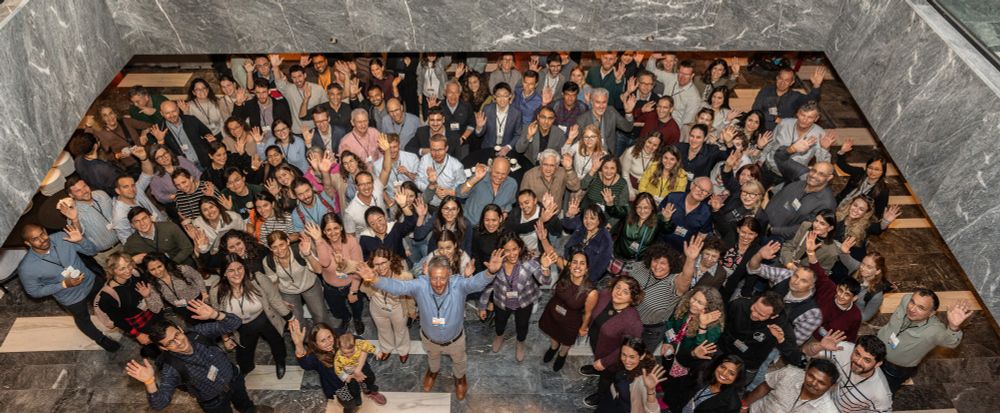
@peeperlab.bsky.social @yardenasamuels.bsky.social @leeat-keren.bsky.social @rongfan8.bsky.social @shouval.bsky.social @yogogurt.bsky.social @eriksahailab.bsky.social
Join us for an overview of the most recent advances in the field of immunotherapy:
eacr.org/conference/d...
Join us for an overview of the most recent advances in the field of immunotherapy:
eacr.org/conference/d...
Check out our recent EJI review with Avital Rodov, Hosna Baniadam, Robert Zeiser, @idoamitlab.bsky.social, Nir Yosef & Tobias Wertheimer!
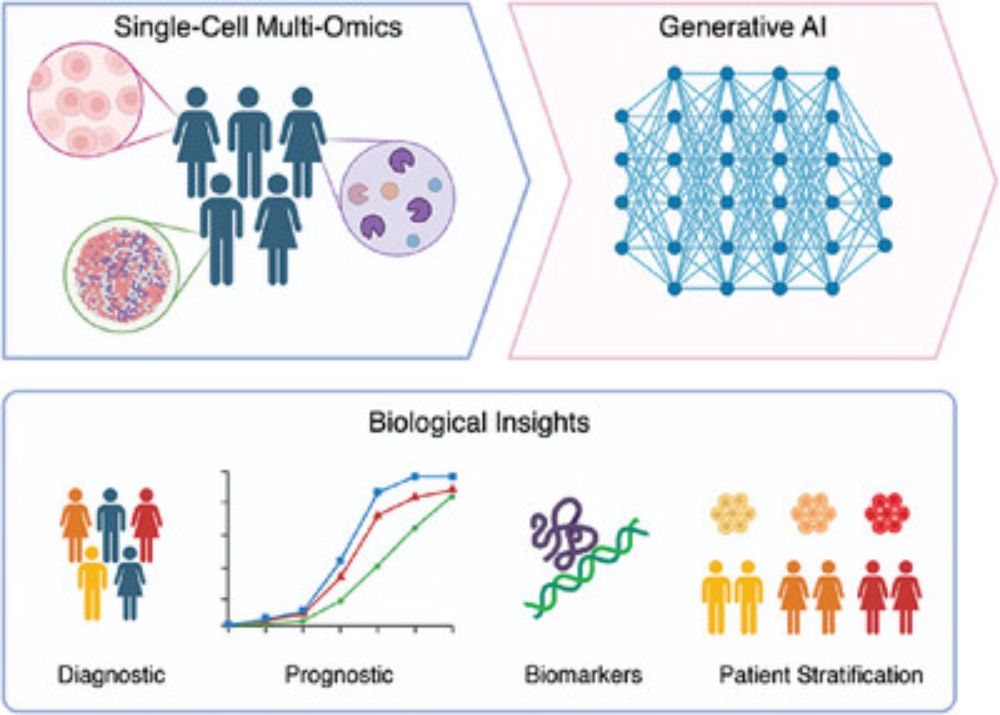
Check out our recent EJI review with Avital Rodov, Hosna Baniadam, Robert Zeiser, @idoamitlab.bsky.social, Nir Yosef & Tobias Wertheimer!


